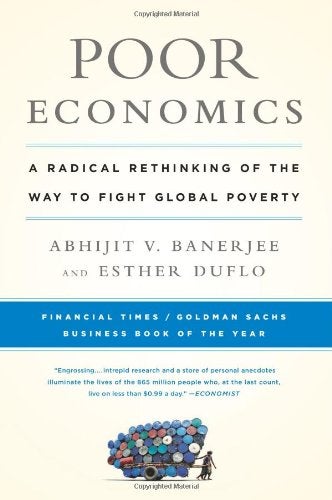 This week, my colleagues and I at the O’Neill Institute launched our informal book club. As a group of self-described health law and policy nerds, our team rabidly consumes literature from our intellectual domains. But, as researchers, the things that we have to read often outweigh the things that we’d like to read. Too many intriguing works seem to have a permanent place at the periphery, but never quite make it to the top of our lists.
This week, my colleagues and I at the O’Neill Institute launched our informal book club. As a group of self-described health law and policy nerds, our team rabidly consumes literature from our intellectual domains. But, as researchers, the things that we have to read often outweigh the things that we’d like to read. Too many intriguing works seem to have a permanent place at the periphery, but never quite make it to the top of our lists.
Our book club, therefore, was intended as a catalyst to get through our long respective wish lists of books. But again, as researchers, it’s difficult to limit our thoughts between the four walls of our institute, so we decided to launch a parallel “The O’Neill Institute Reads” series on our blog. The various members of our group will provide periodic reflections on what we’re reading, and this post launches this dialogue.
Coordinated by Law Fellow, Dan Hougendobler (no small task), and through a relatively democratic process, we selected Abhijit V. Banerjee and Esther Duflo’s Poor Economics (Public Affairs, 2011) as our first book selection. The tagline on front cover of the paperback edition pronounces that it is, “a radical rethinking of the way to fight global poverty.” The authors clarify that their work is a study (or series of studies) of the world’s most poor – the 13% of the world (~ 865 million people) that live on less than $0.99 per day (the book is a bit dated as the standard for the most poor has since been raised to $1.25 per day).
As we are only two chapters in, it would probably be imprudent for me to give it a definitive thumbs up or thumbs down, but so far, I like what I’ve read.
The authors start by distancing themselves from the well-intentioned, but toxic, tendency for the rest of the world to “reduce the poor to a set of clichés . . . the dramatis personae of some uplifting anecdote or tragic episode,” and instead set out to apply their economic know-how to get a better, more accurate, understanding of the most poor.
The book is organized by topics that loom large in the discourse of poverty eradication – hunger, health, education, etc. Rather than focus on the “big picture” questions – the authors conduct a series of discrete experiments, combining the rigor of randomized control trials with other forms of qualitative research. They seek to give data points to our understanding of the economies of the poor – in specific contexts, how do the poorest spend, save, consume, etc., and why does that behavior often diverge from expectations?
One particularly poignant insight from Poor Economics is that perhaps we can’t offer meaningful solutions to global poverty because we really have no idea who the most poor are.
After our first book club discussion, I tried to imagine what $0.99 a day looks like, and gave up almost immediately. For someone like me – despite my active imagination and good intentions – understanding $0.99 a day is impossible. Even if I held constant the overwhelming head start I received simply by winning the birth lottery, and attempted to contemplate a single day – one solitary day from start to finish – it is still an exercise in futility – never mind the roof over my head, the bed that I sleep in, the electricity that powers my alarm clock, or even the alarm clock itself – the cost of my toothpaste exceeds $0.99 by nearly three times.
The challenge then, is that most of the people crafting solutions to poverty look a whole lot more like me than they do the world’s poorest. This may explain why so many policies have a flavor of one-dimensional magical realism to them – applicable only to the poor as we demand, hope, or imagine them to be, rather than what they are.
The authors of Poor Economics don’t seem to be asking us to forgo imagination, but rather illuminate it with knowledge – or to “think again, again.”
Banerjee and Duflo don’t posit to have the next magic bullet, but challenge the conventional assumption that there is a magic bullet at all. Workable solutions to global poverty may not lie in sweeping policy solutions developed by powerful individuals and international institutions, but potentially in a series of smaller solutions, derived from the actual economic behavior of the poor themselves.
I look forward to the rest of the book.
Latest
India and the IHR Amendments: Strengthening Legal Preparedness for Global Health Security
Kashish Aneja Lawrence O. Gostin Sam Halabi



